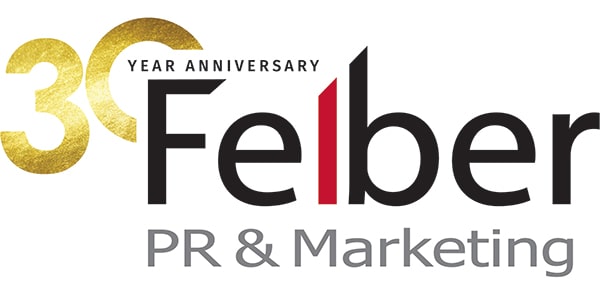What is a qualified lead? Just ask your prospect.
Prospects have the answers to all of your questions. Have you asked them? Every manufacturer we work with wants more leads. To that end, they prefer leads that are more qualified and prospects that are inclined to do business with your company. So, why is it so hard to find “qualified” leads? While every company […]
